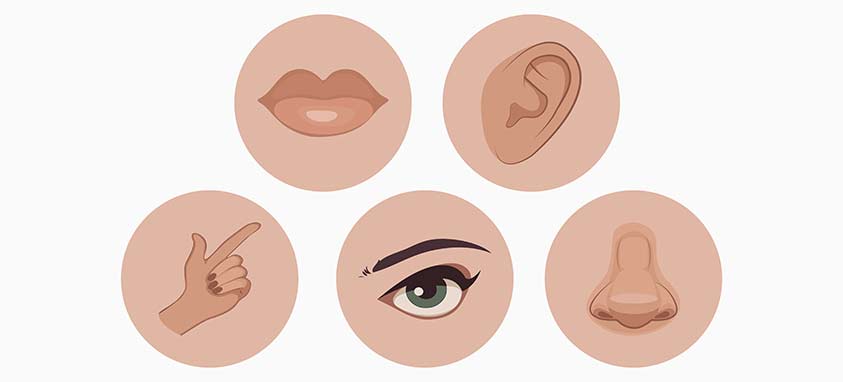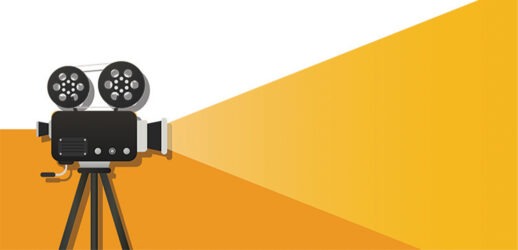Attendees retain more through multisensory stimulation
In a survey of more than 600 event professionals conducted by CWT Meetings & Events and London & Partners, a majority of respondents said that multisensory experiences at in-person meetings need to be better incorporated into events to deliver increased attendee engagement and long-term impact.
Just 27 percent of respondents believe that all five human senses—sight, hearing, taste, smell and touch—are used effectively at meetings and events, even though 78 percent believe multisensory activation delivers more creative and memorable experiences for meeting attendees.
The survey also revealed that 23 percent of respondents feel pressured to bring the senses to life for their events, indicating that their bosses don’t have a grasp of the potential benefit that comes from engaging attendees through all of their senses. When asked to cite roadblocks in delivering multisensory experiences, planners pointed to limited budgets (43 percent), lack of time (26 percent) and difficulty finding sensory content suitable for their clients or events (24 percent).
“Time pressure and a lack of understanding of how a multisensory approach can help deliver event objectives are barriers to adopting” practices that make event content and experiences more “sticky” in attendees’ minds, says Chetan Shah, founder and CEO of Micebook Limited, a relationship-management tool for event planners.
The ability to conduct meetings via technology, the cost of taking people away from their daily duties and other perceived downsides to in-person meetings make multisensory activations an even more valuable differentiator to ensure events are memorable and deliver strong return on objective, and thus remain an essential tool for learning and motivation.
What the Senses Can Deliver
Brain science confirms that the more a person’s senses are stimulated during an experience, the greater the number of “touch points” created in the mind that can trigger recall of information from that experience. So any meeting or event should be crafted to not only deliver information, encourage dialogue and spur creativity, but also to heighten senses other than sight and hearing so that whatever attendees absorb will have more opportunities to be recalled.
Eva Aimable-Kolosko, manager of event operations for CWT Meetings & Events North America, routinely goes on location with clients before and during events, in part to find specific multisensory opportunities each destination can provide and to match an event’s objective.
Although survey respondents said budget limitations are a major barrier to creating better multisensory events, Aimable-Kolosko looks at it another way: “Whatever you do doesn’t need to be big or complicated. It just has to have some thought behind it so that it’s meaningful to attendees,” she says.
For instance, Aimable-Kolosko pumps specially-chosen music into prefunction areas and even into meeting spaces between sessions. Much of the music is related to the destination, and attendees are given some background on the music in their meeting materials. She also alternates between up-tempo and mellow songs, depending on the meeting schedule. “We’re connecting what they are learning to the destination, even though they are indoors,” she says.
Improve Retention & Recall
Combined with the use of different-colored lighting or wall coverings in meeting spaces—red helps people perform better in sessions requiring accuracy and attention to detail, while blue helps with creativity and imagination—attendees have improved opportunity for both retention and recall. If host organizations find ways to use that music back in the work environment, it could help employees draw on information and concepts gained from the meeting to perform better.
Aimable-Kolosko took a group into the desert just after sunset for a rustic but elegant cookout that also offered various Wild West games. “It was lit mostly with torches and candles, and the smell of the cactus and other brush mixing with the cookout was so authentic and unique,” she says. “The setting heightened everyone’s senses; people were buzzing.”
During dessert, one executive briefly addressed the attendees, emphasizing the most important points of the meeting and how the destination and the theme of this final event related to the meeting’s objectives. “Some people will remember the purpose of that meeting more strongly because of that last event rather than from all the onsite sessions,” she says.
In the survey, smell and touch were named as the senses most poorly integrated into events. Smell is the only sense that is directly related to the emotional part of the brain. It is the sense that generates the strongest ability for recall and is many times more sensitive than taste, which planners know to be an important element of satisfaction for attendees. Given all this, it is clear that the use of certain scents during a meeting could bring significant benefits.
Introduce Smell & Touch
Aimable-Kolosko introduces scented bath salts or soaps into attendee gift bags, along with small vials of essential oils that can be carried around during the meeting. Some planners waft a hint of lemon, lavender or peppermint to relax attendees and stimulate the brain for intellectual activity. As with music, scents used at a meeting can later be incorporated into workplace to trigger recall of meeting content and boost performance.
When it comes to touch, a little creativity can bring this sense into play at a meeting. Aimable-Kolosko had a park ranger bring a tortoise, snake and tarantula to a reception, and attendees were able to touch or pet them as the ranger discussed how they’re each built differently to survive, but they all contribute to the health of the desert ecosystem in their own way. The message was made more memorable because attendees were running their hands across those creatures during the presentation.






